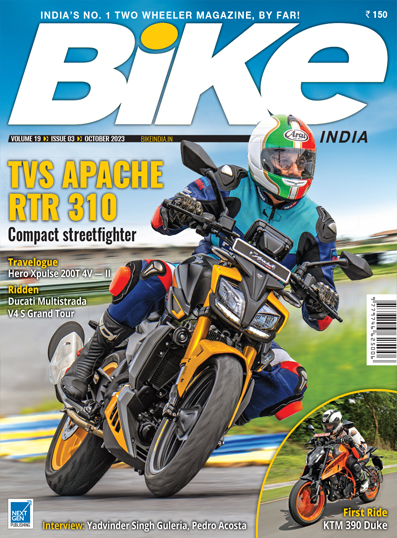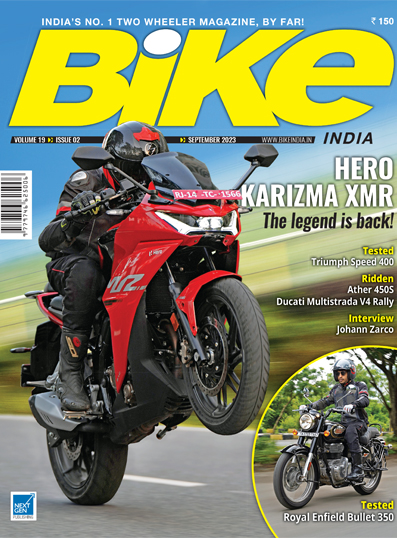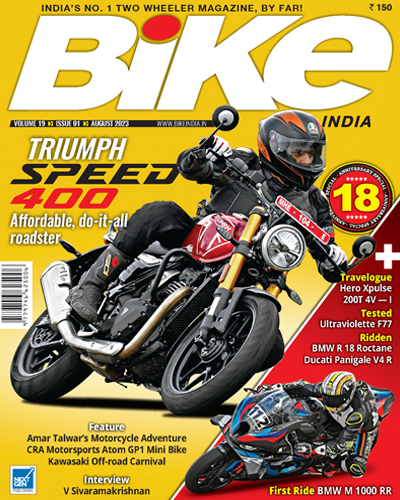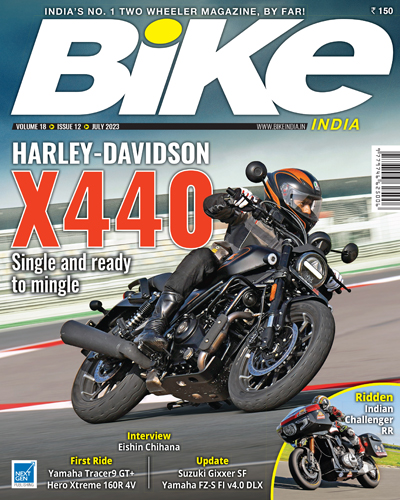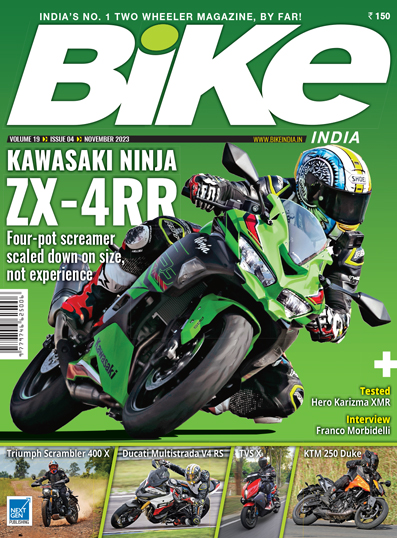
Single-cylinder Motorcycles
With the cost of high-end multi-cylinder motorcycles going up all the time, premium motorcycle manufacturers have begun to look at making single-cylinder motorcycles. This was started first by KTM, then BMW tied up with TVS to make affordable single-cylinder bikes and the next in line were Hero MotoCorp with Harley-Davidson. The Triumph-Bajaj tie-up following soon thereafter and now Ducati have announced that they will be making a 659-cc single-cylinder motorcycle.
The cost of twin-cylinder motorcycles remains beyond the reach of most customers and that has prompted all the manufacturers to look at affordable motorcycles to boost their sales. To bring the manufacturing cost down, most of the global manufacturers have a manufacturing facility in India. The Japanese manufacturers have their own set-ups, whereas the European manufacturers have tie-ups with Indian manufacturers.
The new Royal Enfield Himalayan is ready to be launched soon. It is going to be powered by a liquid-cooled 450-cc engine with four valves. The 450-cc engine capacity could see Royal Enfield getting ready to take part in the Dakar Rally in the near future.
The Indian manufacturers are making world-class motorcycles that can take on any international manufacturer in build quality. Towards the end of last month, I got an opportunity to see and ride the new Himalayan. The bike looks stunning right from the design and build quality to its proportions, which are perfect. It is nice and compact, has a low seat height, and the seat tapers towards the front, so one can get both one’s feet down on the ground, which is a big advantage for an ADV motorcycle. The new Sherpa liquid-cooled engine is very compact and 10 kilograms lighter than the previous one. The Himalayan is really nice to ride. You may read our detailed report in the next issue.
Aspi Bhathena
Editor

